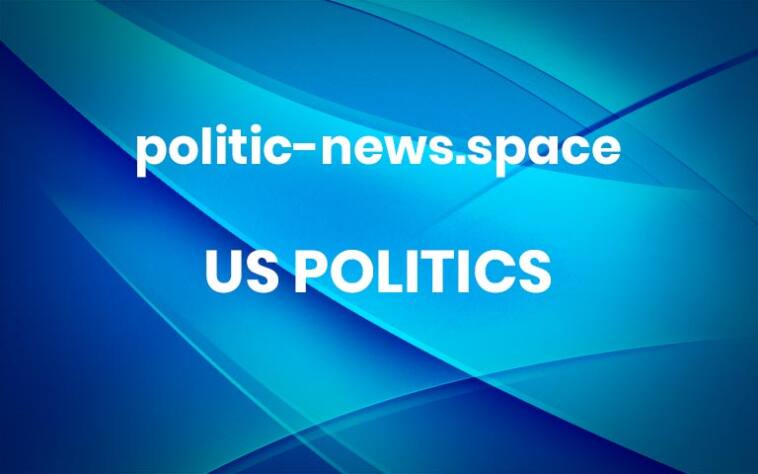Top 10 US billionaires’ collective wealth grew by $698bn in past year – report
The collective wealth of the top 10 US billionaires has soared by $698bn in the past year, according to a new report from Oxfam America published on Monday on the growing wealth divide.The report warns that Trump administration policies risk driving US inequality to new heights, but points out that both Republican and Democratic administrations have exacerbated the US’s growing wealth gap.Using Federal Reserve data from 1989 to 2022, researchers also calculated that the top 1% of households gained 101 times more wealth than the median household during that time span and 987 times the wealth of a household at the bottom 20th percentile of income. This translated to a gain of $8.35m per household for the top 1% of households, compared with $83,000 for the average household during that 33-year period.Meanwhile, over 40% of the US population, including nearly 50% of children, are considered low-income, with family earnings that are less than 200% of the national poverty line.When pitting the US against 38 other higher-income countries in the Organisation for Economic Co-operation and Development (OECD), the US has the highest rate of relative poverty, second-highest rate of child poverty and infant mortality, and the second-lowest life expectancy rate.“Inequality is a policy choice,” said Rebecca Riddell, senior policy lead for economic justice at Oxfam America. “These comparisons show us that we can make very different choices when it comes to poverty and inequality in our society.”The report outlines the way that systems in the US, including the tax code, social safety nets, and worker’s rights and protections, have been slowly dismantled, allowing concentrated wealth to turn into concentrated power.Donald Trump’s “one big, beautiful bill”, passed by Congress in May, has been one of the “single largest transfers of wealth upwards in decades”, according to the report, by cutting tax for the wealthy and corporations.But over the last few decades, Republicans have not acted alone.“Policymakers have been choosing inequality, and those choices have had bipartisan support,” Riddell said. “Policy reforms over the last 40 years, from cuts to taxes and the social safety net, to labor issues and beyond, really had the backing of both parties.”Policy recommendations outlined in the report fall into four categories: rebalancing power through campaign finance reform and antitrust policy; using the tax system to reduce inequality through taxes on the wealthy and corporations; strengthening the social safety net; and protecting unions.skip past newsletter promotionafter newsletter promotionThese solutions can be tricky to carry out politically because of long-term stigmatization, particularly of social safety nets and taxation. The report refers to the concept of the “welfare queen” popularized during Ronald Reagan’s presidency in the 1980s, while taxation has always been seen as repressive for all rather than as a tool for addressing inequality.“What’s really needed is a different kind of politics,” Riddell said. “One that’s focused on delivering for ordinary people by really rapidly reducing inequality. There are sensible, proven reforms that could go a long way to reversing the really troubling trends we see.”The report features interviews with community leaders who are actively working to reduce inequality, even as progress has seemingly stalled on the national stage. In one interview in the report, union representatives for United Workers Maryland said the current moment seems ripe with opportunity because many Americans are starting to see how the current set-up isn’t working for them, but only for the people at the very top.“I think it’s brilliant that they see this as an opportunity,” Riddell said. “I love thinking about this moment as an opportunity to look around us and realize our broader power.” More



